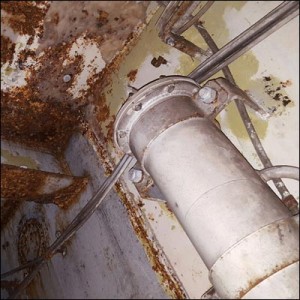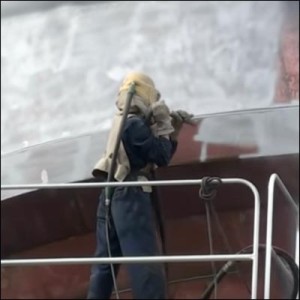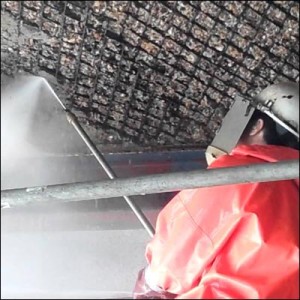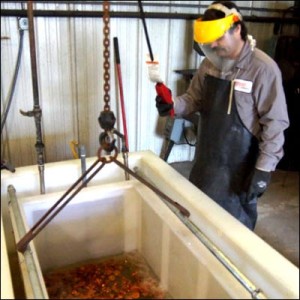Surface Preparation
Lead Abatement
With lead-based paint now proven to contain high risks to health, lead abatement is a term that involves special treatment for removal when it comes to re-coating marine and industrial structures. This is especially true for large volume areas where it is critical to reduce dust during blast removal of old lead paint coatings. The safety of our employees and others in the immediate area is critical during this process – something AMP takes seriously and an expert in conducting for both, large areas and confined spaces.
Abrasive Blasting
Formerly referred to as sandblasting, abrasive blasting is one of the foundations of surface preparation as a quick and effective means to stripping old paint, coatings, rust and other forms of corrosion or hard-growth from hard to soft surfaces. Advanced Marine Preservation provides wet or dry abrasive blasting services with the equipment and technicians to quickly, safely and effectively handle the surface preparation of confined spaces and open large areas.
High Pressure Water Jetting
Ultra-High-Pressure (UHP) Water Jetting, also known as Hydro-Blasting, is a preferred means of conducting industrial surface preparation for metals and other hard surface structure due to its high rate of productivity and limited impact on the environment. UHP Water Jetting employs an incredibly high velocity concentrated water stream at pressures up to 40,000 PSI to strip away old paint and other industrial coatings for resurfacing. This form of surface preparation is ideal for meeting today’s strict federal environmental standards for high hazard disposal of stripped materials that contribute to environmental pollutants. It is a highly effective and time-saving means to eliminate lead paint and other decayed coatings leaving the surface ready for immediate re-coating.
Chemical Stripping
There are numerous methods for preparing metal surfaces these days and Advanced Marine Preservation employs several of them. For instance, chemical stripping of metals still has its place as an effective surface preparation process. However this method is also known to have a lot of environmental and personal safety hazards associated with it due to its caustic properties.




